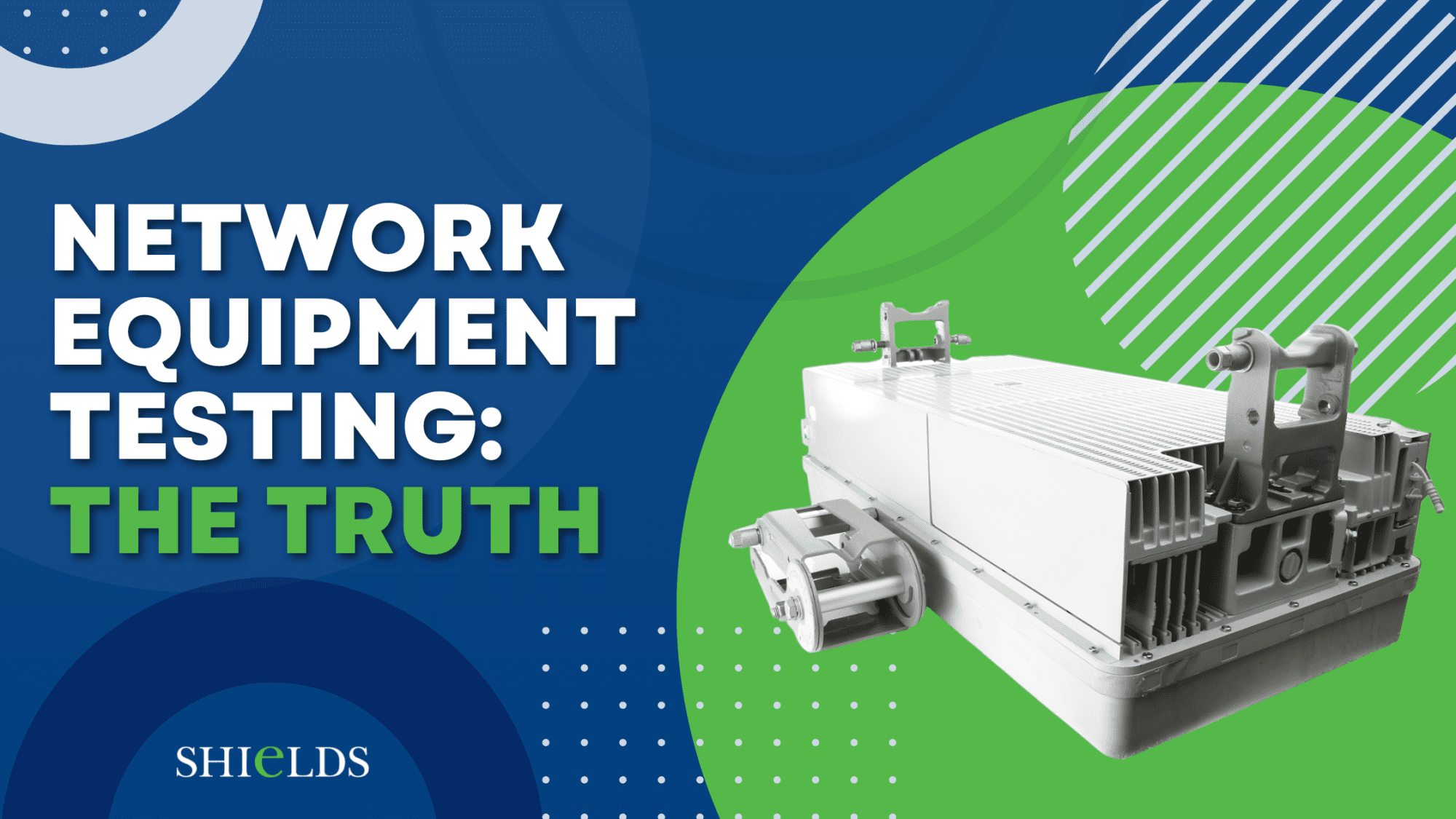What’s more reliable: New or renewed network equipment?
One of the most common misconceptions around renewed network equipment is the reliability factor. If it’s older, it’s not going to last as long…right?
We get it, when you’re running a network with millions of customers to keep connected, you need peace of mind that the equipment you’re buying is of the utmost quality. On this page, we reveal how that might not necessarily mean buying new every time.
In fact, you might want to reconsider your entire network equipment procurement when you read the truth…
Which has the higher failure rates: new or renewed?
Short answer: NEW EQUIPMENT
Long answer: We see all sorts of equipment from all different manufacturers here at Shields, so naturally we’re able to see how failure rates compare!
During a 12-month period from 2023 – 2024, we tested over 100,000 products manufactured by 98 different OEMs, giving us valuable statistics on reliability per product, age profile and manufacturer. Initial failure rates for products range in the 1-3%, whereas the average failure rate on the same products that had been renewed in our testing labs was just 0.5%.
At Shields, we’ve committed to keeping the failure rate on the renewed equipment that we sell to well below 1%. Not only does that mean that you can actually rely on better reliability when you buy renewed through Shields, you can also count on us to keep up our robust testing processes, so we can stick to our promise of less than 1% failure rate!
Which is tested to required standards: new or renewed?
Short answer: BOTH
Long answer: As a protocol, our testing labs test to ensure the equipment meets the quality standards that you’ll experience from the Original Equipment Manufacturer.
What’s more, Shields customers can request bespoke testing criteria and full reporting on top of the manufacturer’s specifications.
Although in some cases, New in Box (NIB) units are not tested and are shipped directly to the customer.
Want to know more? Book a call to discuss decommissioning, testing, and reducing your costs and carbon emissions across asset management.
Which is tested more robustly: new or renewed?
Short answer: RENEWED EQUIPMENT
Long answer: While our testing labs and those of the OEMs do test to the same rigorous quality standards (ISO 9001 globally, and including TL9000 in the US), our experienced engineers test every single piece of equipment that leaves Shields’ warehouses.
Units are always tested to the manufacturer specifications or to the requirements of Shields’ customer (as agreed). That means you can rely on the same quality as you’d get from the OEM.
For each unit, technicians follow well-defined Equipment Test Protocols, detailing the type of test and how to perform it under optimal conditions. For new technologies or product lines, a new test environment can be up and running within just 4 to 6 weeks for complex configurations, and often within days for simpler set-ups. A team of dedicated development engineers with over 200 years combined experience in telecommunications and IT ensure testing capabilities are being developed and improved continuously.
Shields boasts state-of-the-art testing and refurbishment facilities in the United Kingdom, the Netherlands, France, Spain and the United States. This ensures that all equipment meets manufacturing specifications before it returns to service.
Which gets longer warranties: new or renewed?
Short answer: RENEWED EQUIPMENT
Long answer: Because renewed equipment is so thoroughly vetted, it boasts a level of reliability that’s often higher than that of new equipment straight from the OEM. This rigorous testing process translates into confidence in the product’s performance, allowing us to offer longer warranties with 2 years as standard.
In contrast, OEMs tend to offer shorter warranties, some as low as 90 days. One of the primary reasons for this is that not every new item undergoes individual testing before it is shipped out. As a result, there’s a higher chance of encountering issues right out of the box.
Every piece of equipment that comes into our warehouses is renewed for new life or safely recycled, generating new revenue for networks
In summary, which provides networks with more peace of mind: testing new equipment, or testing renewed equipment?
Short answer: RENEWED, OF COURSE!
Long answer: If we’ve done our job right, you should now see how investing in renewed equipment means networks can actually experience more peace of mind. Longer warranties, robust testing, and a reduced risk of failure means you can expect more from your network equipment when you buy renewed.
Stringent quality checks mean you can be rest assured that every piece of equipment has been tested and verified to perform reliably. And if anything should go wrong, you’re covered with 2-year standard warranties (compared with some OEM’s as short 90-day warranties).
As more and more networks are finding, sourcing and reusing regenerated assets wherever possible is the most cost-effective option.
Did you know Shields decommission, test and store equipment on behalf of the world’s major networks? If you’d like to reduce your network’s CAPEX, OPEX and carbon footprint too, read this last bit.
At Shields, we take responsibility for decommissioning sites, testing and safely recycling any equipment that can’t be renewed. Then we cover warrantying, storing the marketable items and facilitating the reuse or resale of it too.
We work with some of the world’s best-known networks to reduce their carbon footprints, lower their procurement and decommissioning costs, and generate extra revenue through recycling.
If you would like to know more about restrategising your approach to network equipment procurement, book a call with our team below.
Buy renewed, buy better.

